Global Silage Additives Market - Comprehensive Data-Driven Market Analysis & Strategic Outlook
- Global silage additives market valued at approximately USD 3500.4 million in 2025, growing at a CAGR of around 6.4% through 2032, with potential to exceed USD 5406.1 million.
- Cereals account for a market share of 75.3% in 2024, driving innovation and expanding applications through intense research.
- Key trends driving growth: Rising demand for high-quality livestock feed to boost productivity, Growing adoption of modern farming and dairy management practices
- Opportunities include: Increasing use of biological inoculants presents sustainable growth opportunities
- Key insight: The market is set to grow exponentially in value over the next decade, highlighting significant growth opportunities.
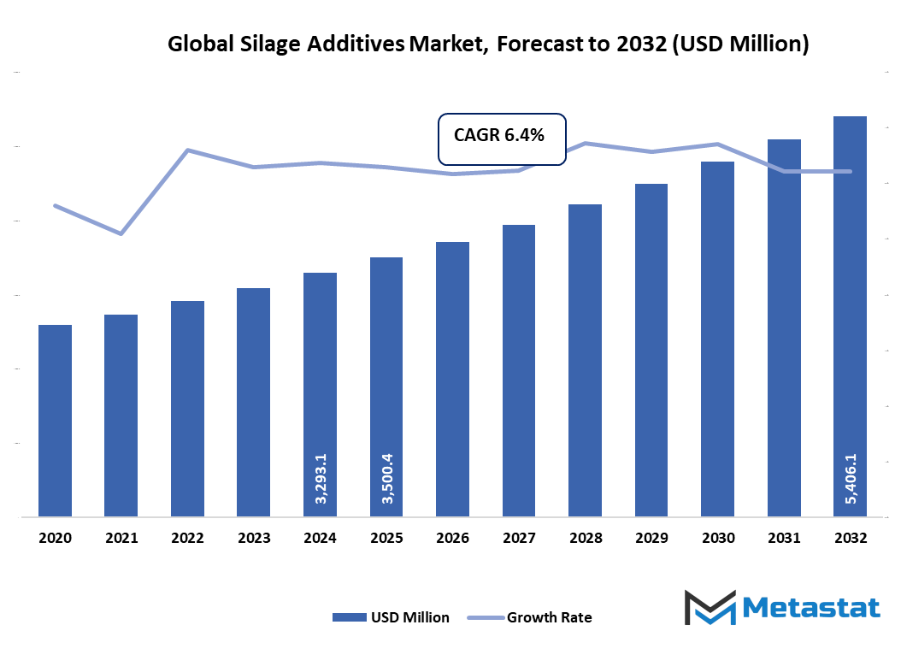
Market Background & Overview
The global silage additives market is going to be a leader of trend among the sub-segments of the agricultural inputs and livestock nutrition sector dealing with products that are aimed at increasing the storage, quality, and nutritional value of silage. This market is going to cover a wide range of additives such as microbial inoculants, enzymes, acids, and other formulations, with each one being created to optimize the fermentative process and keep the feed stable for a long period of time. The producers and suppliers will portray the solutions they have which will work to increase the palatability of silage, minimize the loss of nutrients, and at the same time prevent the growth of microorganisms that are not desirable thus, allowing you to have nutrient that is of high quality and farming will be done efficiently.
Technological innovation will be the driver of the industry. It will use scientific research in microbiology, biochemistry, and feed management as a tool to manufacture additives that will be suitable for certain crops, weather conditions, and the needs of livestock. The environmental aspect will be very important in this case since the application methods and formulations have been remodeled to reach the highest possible efficiency at the same time, the effect on the environment and the number of chemical residues is minimal. Manufacturers will become more involved in the task of developing solutions that will utilize additives to produce good dairy and meat products by using feed as a tool in storage and feeding cycles which thus will ensure that product characteristics remain consistent.
Market Segmentation Analysis
The global silage additives market is mainly classified based on Silage Type, Additive Type.
By Silage Type is further segmented into:
- Cereals: Among the different silage types, cereals are expected to be the main segment of the global silage additives market. The reason for this is their high nutritional content and digestibility, which makes them most suitable for feeding the livestock. The future trends will revolve around the development of additives that will not only support fermentation but also preserve nutrients and improve palatability which will be the main feature of the sustainable and efficient animal nutrition.
- Legumes: Legumes have a vast potential for the global silage additives market to be a substantial source of protein for the livestock. The technologies in additive will turn to activity, through better preservation, as well as through enhanced microbial activity and reduced spoilage, to enable the farmers to improve feed quality and at the same time efficient growth and productivity of dairy and meat production will be supported.
- Others: Other silage types, such as mixed forage and specialty crops, will become a significant portion of the global silage additives market. The development of advanced additive solutions will center on the improvement of stability, nutrient retention, and digestibility of these feeds, thus allowing for farmers to have more livestock farming systems that are adaptable to diverse locations around the globe.
By Additive Type the market is divided into:
- Inoculants: In the future, none the less Inoculants will continue to be the core supplier of the rapid growth in the global silage additives market along with the quality improvement of silage. Some new features will aim at multi-strain microbial blends, longer shelf-life, and more precise application techniques, which will be able to give the outcome of the stability that can be trusted, no loss of nutrition even when feed storage is prolonged.
- Organic Acids and Salts: Organic acids and salts will emerge as one of the most popular and fastest-growing contributors to the global silage additives market. Some goals of advancements will be to perfect the concentrations and combinations to make them more fully effective and even help to lower the environmental cost of large-scale silage production, along with getting down the expense of the process.
- Enzymes: The importance of enzymes will continue to grow as they turn fiber breakdown, nutrient availability, and digestibility to silage additives in the global silage additives market. New enzyme mixture will be more accurate and more stable under different storage conditions thus ensuring that animals will perform better, and more efficient feed utilization can be observed in dairy and meat operations.
- Adsorbents: The global silage additives market will see more adsorbents helping farmers to control the moisture, toxins, and contamination arising from the unwanted fermentation of the products. Silage safety and quality will get a great boost from innovative adsorbent materials, the content of which will be adjusted to reduce spoilage and increase feed efficiency, which, in turn, allows farmers to manage environmental conditions effectively and the use of diverse crops.
- Preservatives: Preservatives will be an integral part of the global silage additives market in the future as well in this case ensuring feed stability throughout storage and transportation. New preservative methods will be developed to focus on compounds that are both natural and safe, which can ease microbial problems, keep the necessary nutrients intact, and reduce spoiling, hence being capable of maintaining livestock production systems in terms of quality and sustainability.
- Others: Besides the major contributors such as inoculants, enzymes, organic acids, and salts, the silage additive market will continue to witness the inclusion of lesser-known substances such as flavour enhancers, antioxidants, and specialty compounds, all of which will play a role in nutrient preservation and the improvement of storage stability. What the future holds in store is multifunctional additives that strive for the quality of silage to be as high as possible while still meeting the specific requirements of different livestock species and farming systems.
|
Forecast Period |
2025-2032 |
|
Market Size in 2025 |
$3500.4 Million |
|
Market Size by 2032 |
$5406.1 Million |
|
Growth Rate from 2025 to 2032 |
6.4% |
|
Base Year |
2024 |
|
Regions Covered |
North America, Europe, Asia-Pacific, South America, Middle East & Africa |
By Region:
The global silage additives market will show the different factors in each region that affects the market which can be agricultural practices, the number of animals, and priorities in feeding. North America, specifically the U.S., Canada, and Mexico, will still be the first leading market which is jointly supported by the well-farmed methods and the great focus fed production. Additives that lead to fermentation efficiency, nutrient content retention, and silage stability will be the main trend in dairy and beef operations that will be the focal point of producers in this area.
Europe, formed by the UK, Germany, France, Italy, and the rest of the continent, will be characterized by regulated and sustainable silage management. The demands on regulation and environmental issues will result in a high acceptance rate of microbial inoculants and enzyme-based solutions which are also eco-friendly. The use of feed consistency maintenance, via animal health optimized through the best use of additives and monitoring techniques, will be the main focus of producers and livestock operators who pursue precision at f/by European agriculture.
Due to livestock population growth and the intensification of dairy and meat production, Asia-Pacific (comprising India, China, Japan, South Korea, and nearby countries) will become a rapidly expanding region. South America with the help of Brazil and Argentina will concentrate on silage additives that not only provide support to high-yield forage crops but also improve feed conversion efficiency. The Middle East& Africa region, including the GCC countries, Egypt, and South Africa, will embrace solutions that meet the challenges posed by difficult climatic conditions and limited forage availability. The global silage additives market will, therefore, find new ways of penetrating various regions by offering innovative, region-specific formulas that ensure the quality of preserved feed, maintain sustainability in farming practices, and increase livestock productivity.
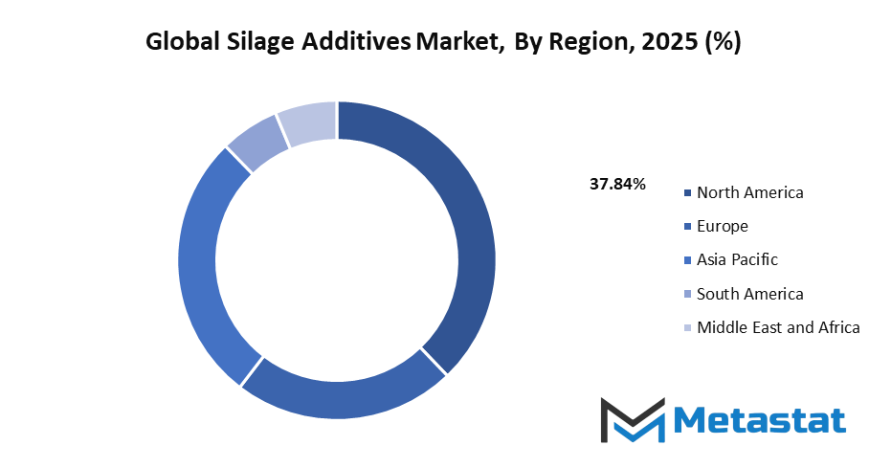
Market Dynamics
Growth Drivers:
Rising demand for high-quality livestock feed to boost productivity: The need for superior quality feed has been the major growth factor for the global silage additives market. Nutrition that not only maintains the health of the animals but also makes them productive in the form of milk or meat is the focus of the farmers nowadays. Moreover, the advanced additives not only take care of the nutrients in the food but also, they optimize feed efficiency for all kinds of farming systems.
Growing adoption of modern farming and dairy management practices: The trend of modern farming and dairy management has been a big support to the global silage additives market. The use of methods such as precision feeding, automated silage management, and controlled fermentation has significantly enabled the use of additives for ensuring feeding stability, increasing the quality of fermentation, and raising the overall performance of animals in a cost-effective and sustainable way.
Restraints & Challenges:
High cost of advanced silage additives limits small farmer adoption: The idea of advanced silage products being expensive has been the greatest reason for the restriction of the use of these products by small farmers and in the global silage additives market. Although large-scale enterprises will be able to afford the more expensive solutions, smaller farmers may face difficulties purchasing them thus leading to less penetration of the market and pointing out the requirement for more affordable alternatives along with more extensive awareness of this market.
Lack of awareness among farmers in developing regions: The lack of knowledge of farmers in developing regions has been the main reason that the global silage additives market has restrained to grow. Limited understanding of additive benefits, application methods, and long-term productivity gains leads to low adoption rates. Educational initiatives, training programs, and government support are the main pillars which will lead to increased acceptance and, thereby, wider market reaches globally.
Opportunities:
Increasing use of biological inoculants presents sustainable growth opportunities: The growing application of biological inoculants is an essential factor for rise in the global silage additives market. Such green solutions are better for the environment as they improve the fermentation process, help the preservation of nutrients, and decrease the dependence on chemical additives. Innovations in microbial technologies will facilitate the use of sustainable feeding methods for animals, leading to the use of such methods by progressive farmers and big dairy farms in the future.
Competitive Landscape & Strategic Insights
The global silage additives market will present a mix of both long-established multinational companies and small, agile regional players resulting in a competitive environment where innovation, product quality, and technical expertise are the main themes. Major companies like BASF SE, ADM, DSM-Firmenich, Evonik Industries AG, Adisseo, Cargill Inc, IFF (Danisco Animal Nutrition), SHV (Nutreco NV), Alltech, Inc., and Elanco Animal Health Inc. will be the ones to ignite the market with their continuous project of creating new microbial, enzymatic, and chemical products that will not only optimize silage preservation but also improve feed quality. These global players will use their research capabilities, large-scale production, and distribution networks to be able to reach stable and different agricultural regions.
The market will become more diverse also due to the presence of new regional competitors who will offer specialized products that are tailored to local crops, livestock, and climatic conditions of the area. Such players will aim to offer eco-friendly and sustainable additives, low-cost versions of the products, and customized service models, which will make farmers not only maintain the efficiency of the feed but also intensify the fertility of their livestock. Strategic collaborations, technical support, and product customization will be the hallmarks of the competition among regional operators.
One of the main features of the market strategies will be innovation and sustainability. The companies will implement, among other approaches, the data-driven, predictive analysis, and precision application techniques for the silage additives to be more effective and at the same time have a very low environmental impact. The interplay between multinational leaders and regional specialists will ensure the global silage additives market to be always on the frontier of the developments and deliver solutions that are reliable, adaptive, and high in performance that meet the evolving needs of livestock producers and support sustainable agricultural practices worldwide.
Forecast & Future Outlook
- Short-Term (1–2 Years): Recovery from COVID-19 disruptions with renewed testing demand as healthcare providers emphasize metabolic risk monitoring.
- Mid-Term (3–5 Years): Greater automation and multiplex assay adoption improve throughput and cost efficiency, increasing clinical adoption.
- Long-Term (6–10 Years): Potential integration into routine metabolic screening programs globally, supported by replacement of conventional tests with advanced biomarker panels.
Market size is forecast to rise from USD 3500.4 million in 2025 to over USD 5406.1 million by 2032. Silage Additives will maintain dominance but face growing competition from emerging formats.
In future, the global silage additives market will be a determining factor it is going to be linking the agronomists, feed producers, and livestock operators through the technical support, product quality, and performance outcomes. The demand for efficient livestock production and sustainable feed management will increase over the whole world, and the need for more innovative, reliable, and adaptable solutions will be the outcome of such kind of an evolution. This will furthered by feed preservation science and solving difficult agricultural problems in different parts of the world and this in turn will lead to resilient, productive, and environmentally responsible livestock systems worldwide.
Report Coverage
This research report categorizes the Silage Additives market based on various segments and regions, forecasts revenue growth, and analyzes trends in each submarket. The report analyses the key growth drivers, opportunities, and challenges influencing the Silage Additives market. Recent market developments and competitive strategies such as expansion, type launch, development, partnership, merger, and acquisition have been included to draw the competitive landscape in the market. The report strategically identifies and profiles the key market players and analyses their core competencies in each sub-segment of the Silage Additives market.
Silage Additives Market Key Segments:
By Silage Type
- Cereals
- Legumes
- Others
By Additive Type
- Inoculants
- Organic Acids and Salts
- Enzymes
- Adsorbents
- Preservatives
- Others
Key Global Silage Additives Industry Players
- BASF SE
- ADM
- DSM-Firmenich
- Evonik Industries AG
- Adisseo
- Cargill Inc
- IFF(Danisco Animal Nutrition)
- SHV (Nutreco NV)
- Alltech, Inc
- Elanco Animal Health Inc
WHAT REPORT PROVIDES
- Full in-depth analysis of the parent Industry
- Important changes in market and its dynamics
- Segmentation details of the market
- Former, on-going, and projected market analysis in terms of volume and value
- Assessment of niche industry developments
- Market share analysis
- Key strategies of major players
- Emerging segments and regional growth potential



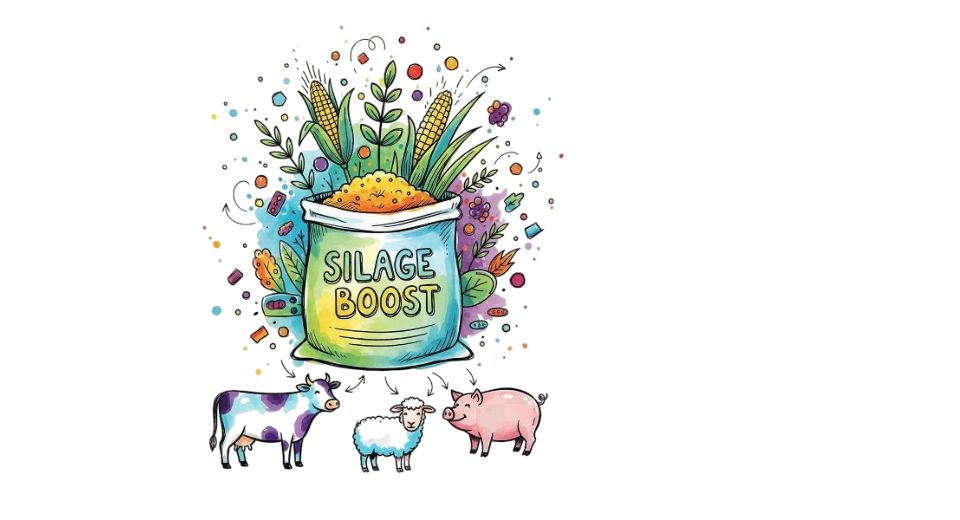
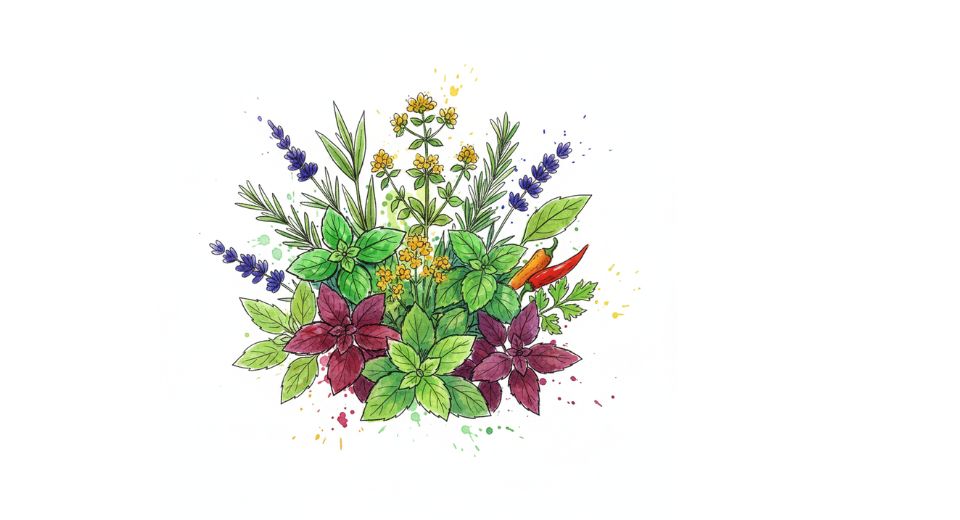
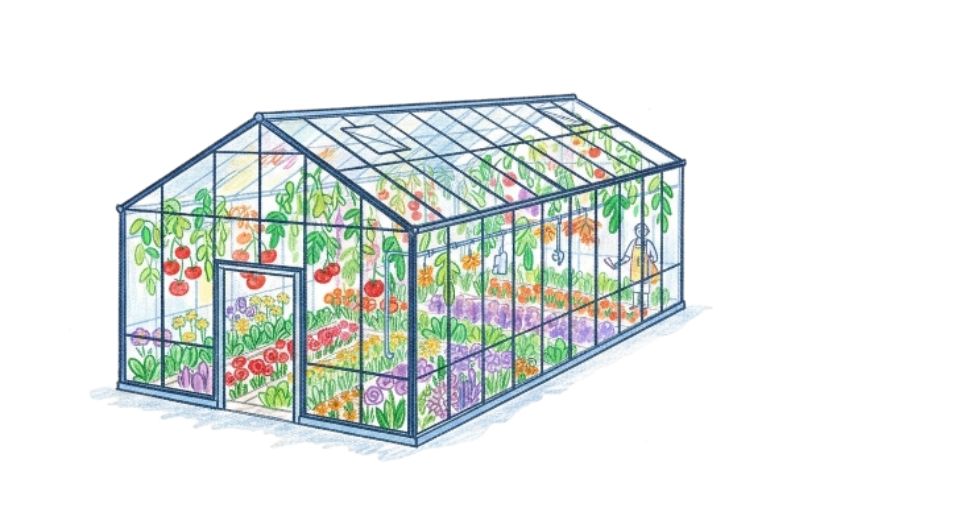
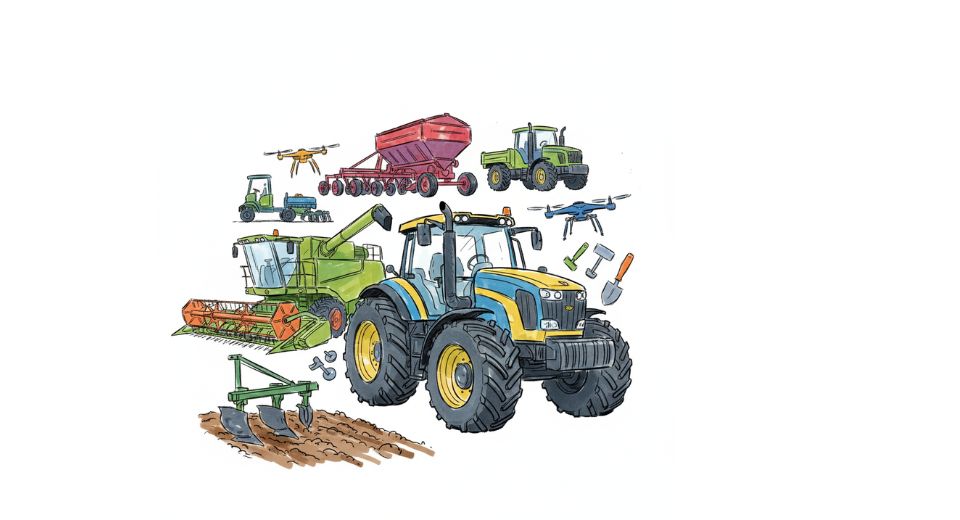

 US: +1 3023308252
US: +1 3023308252






